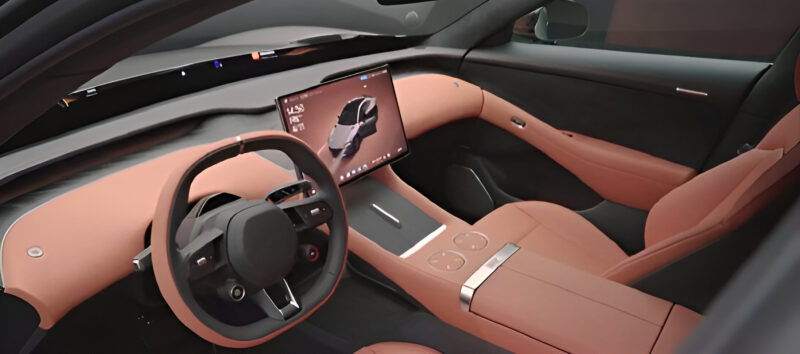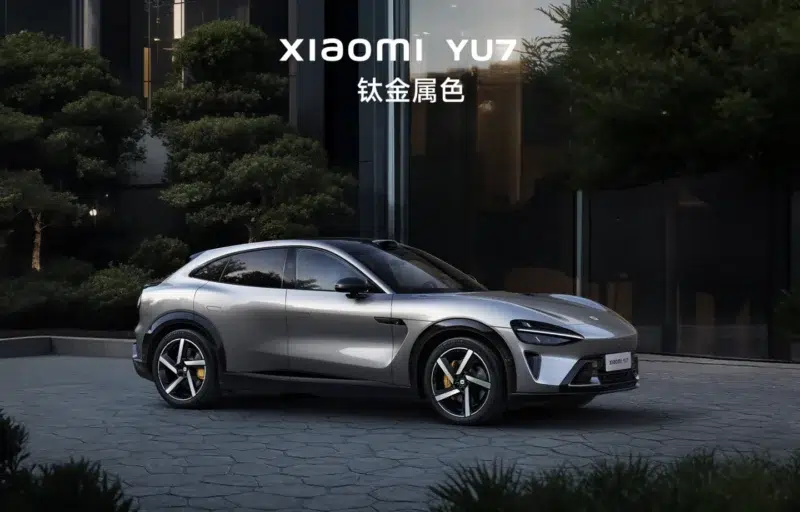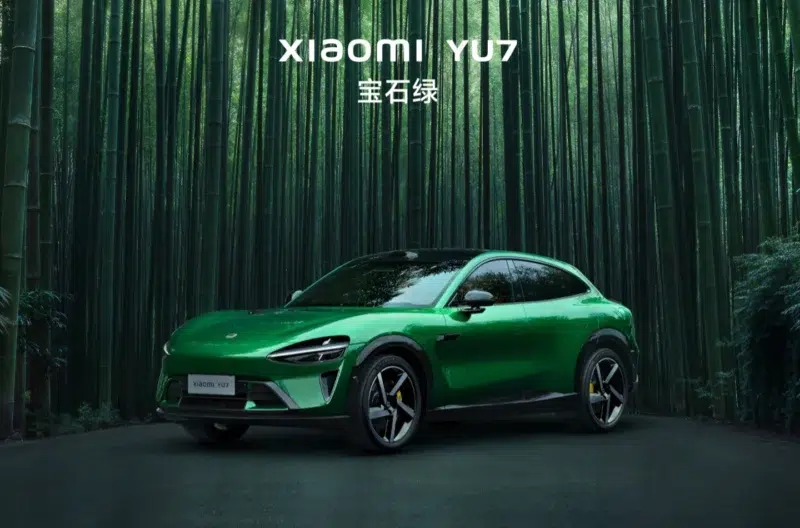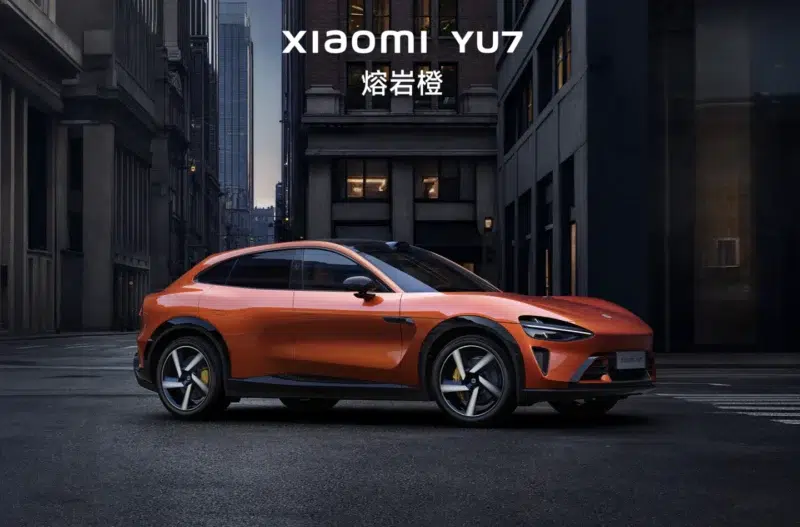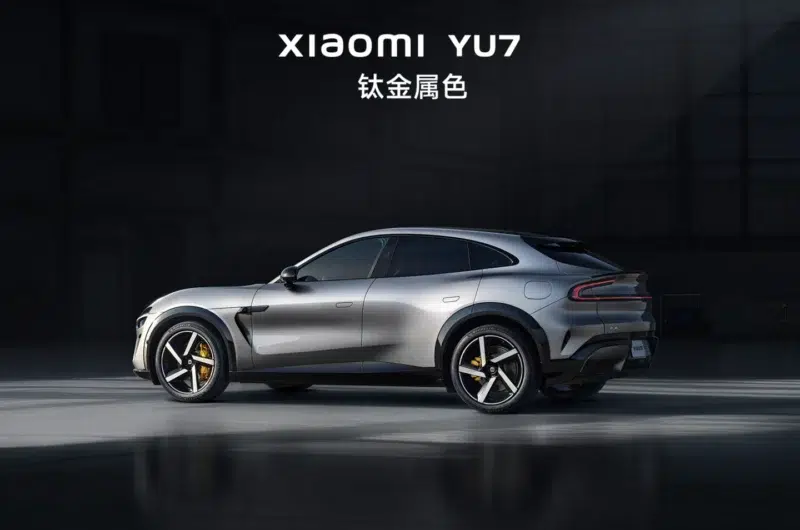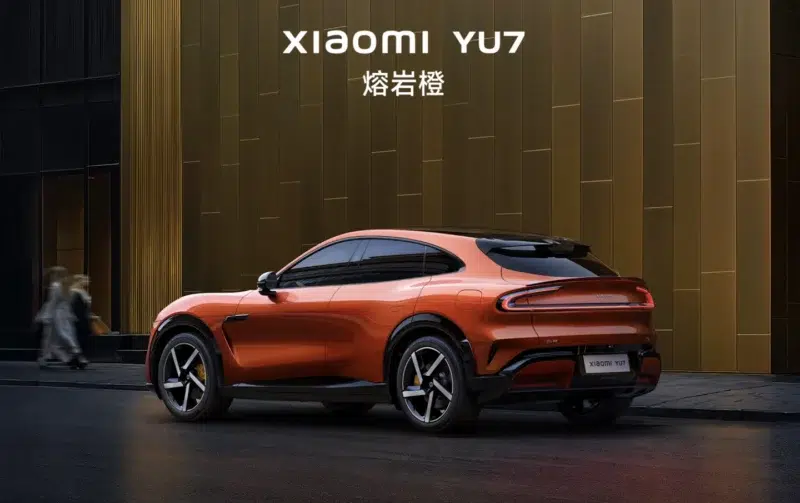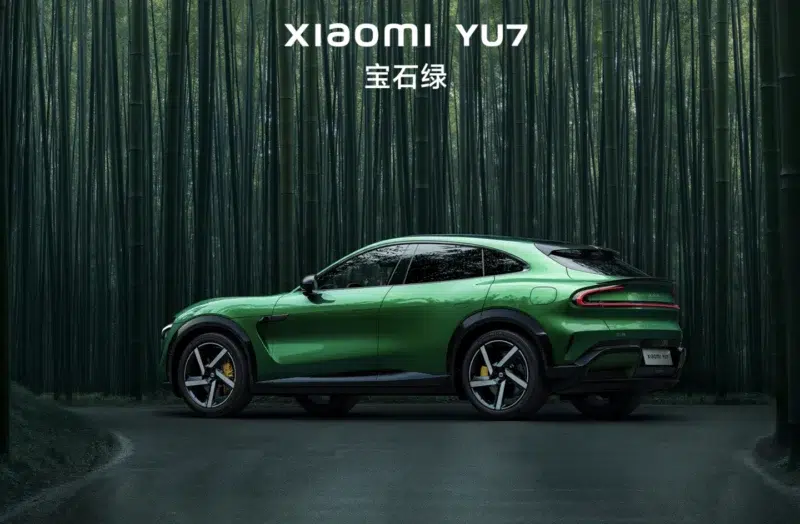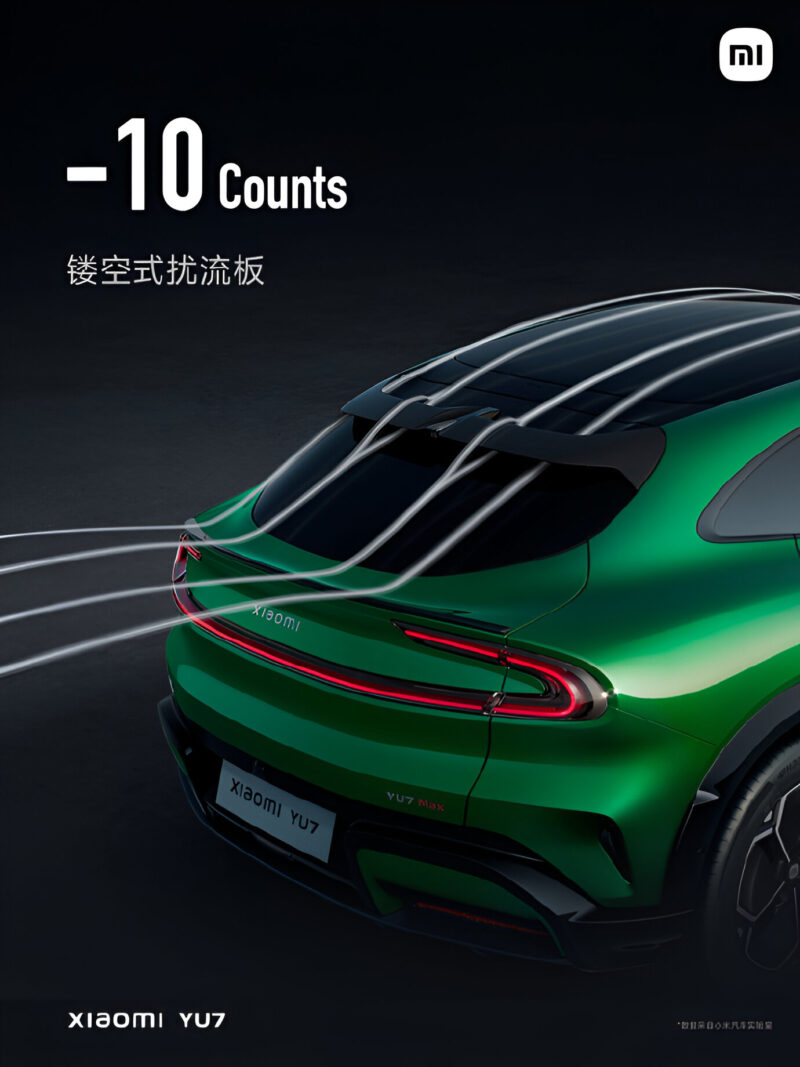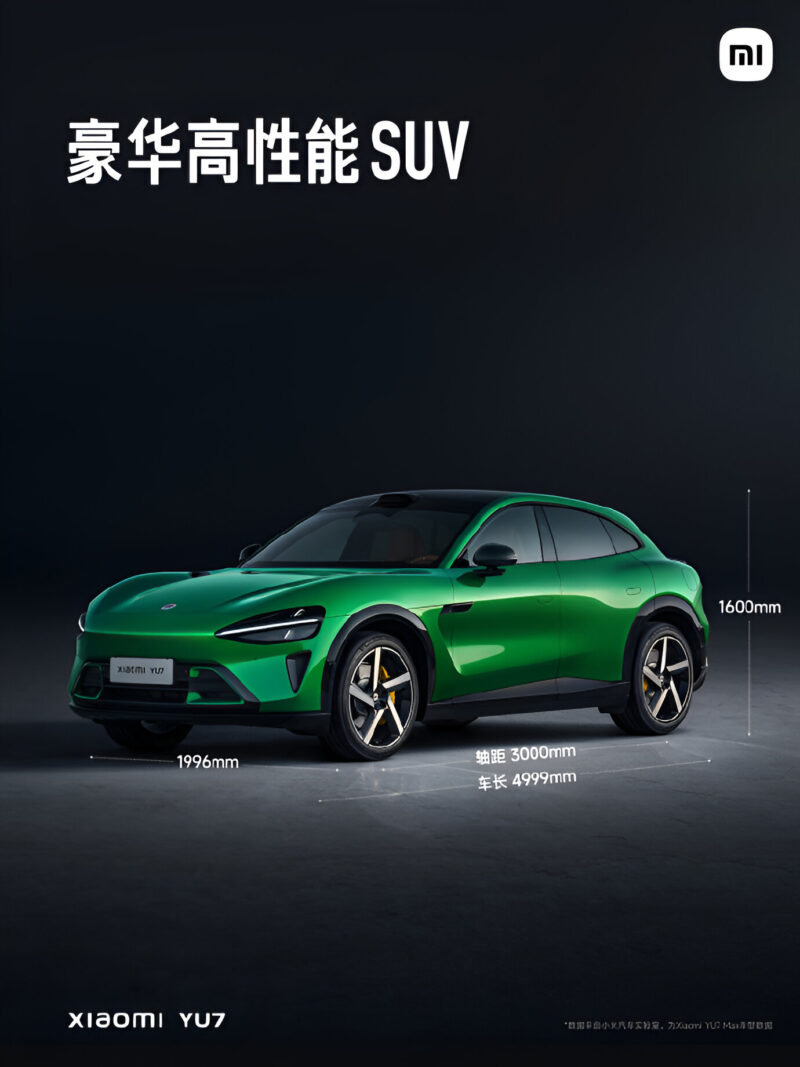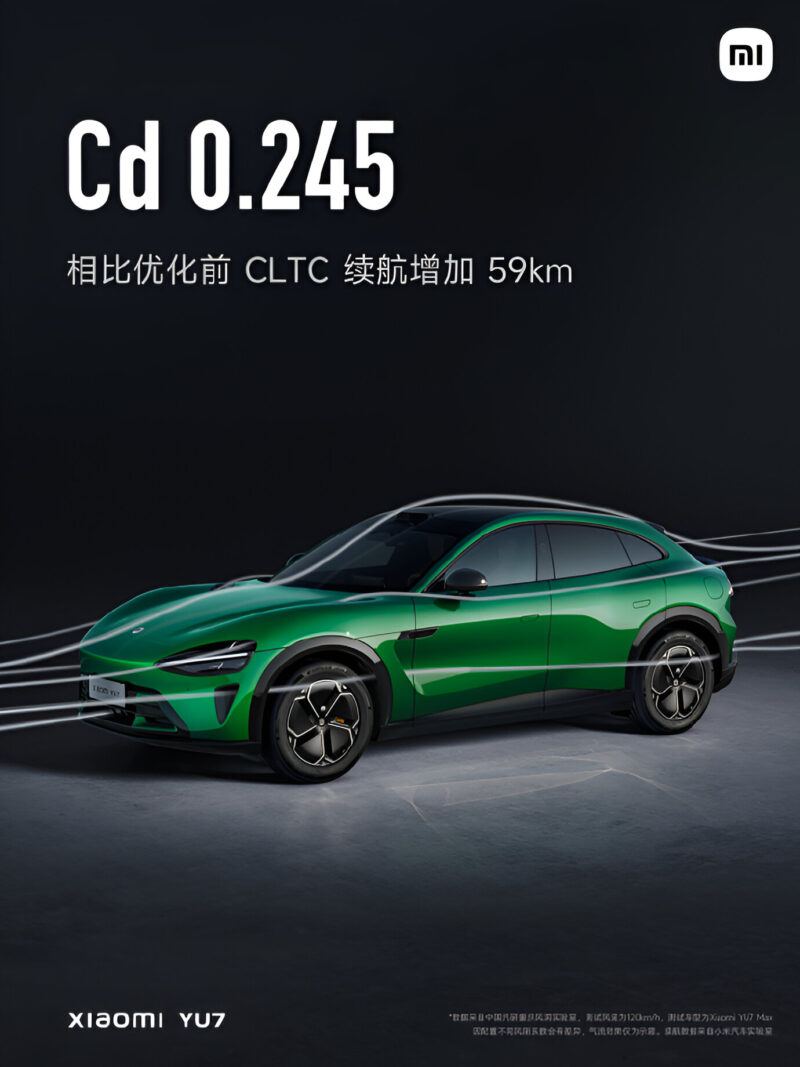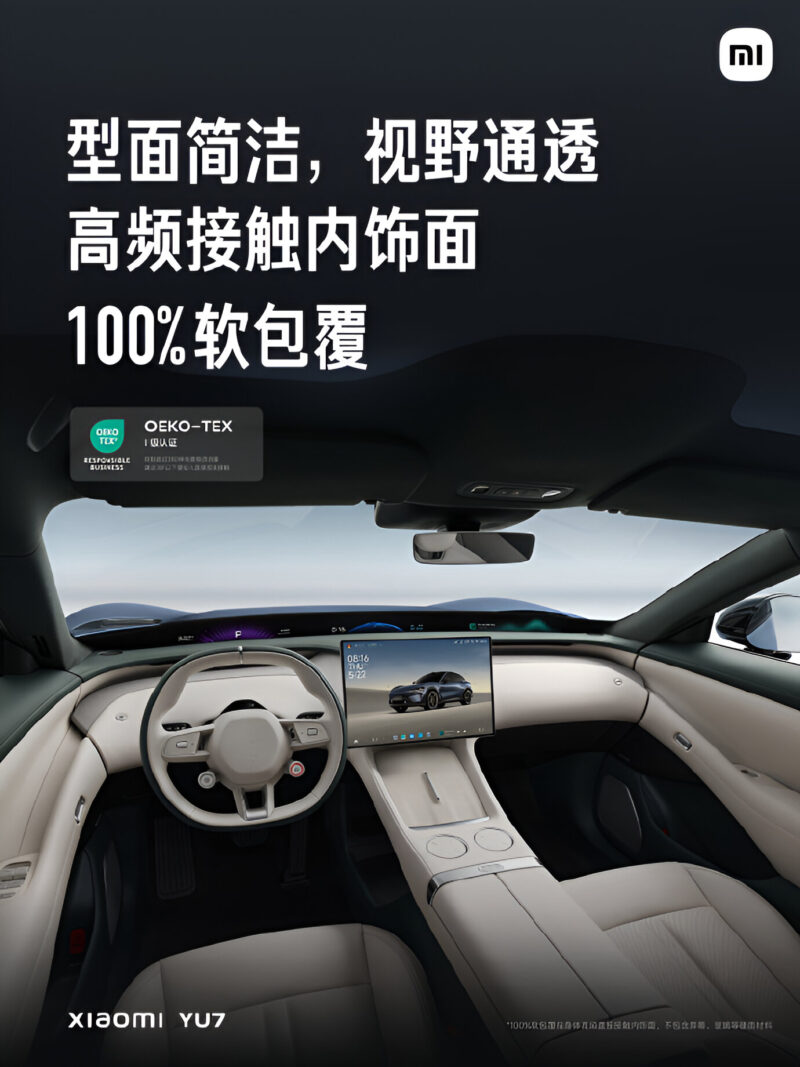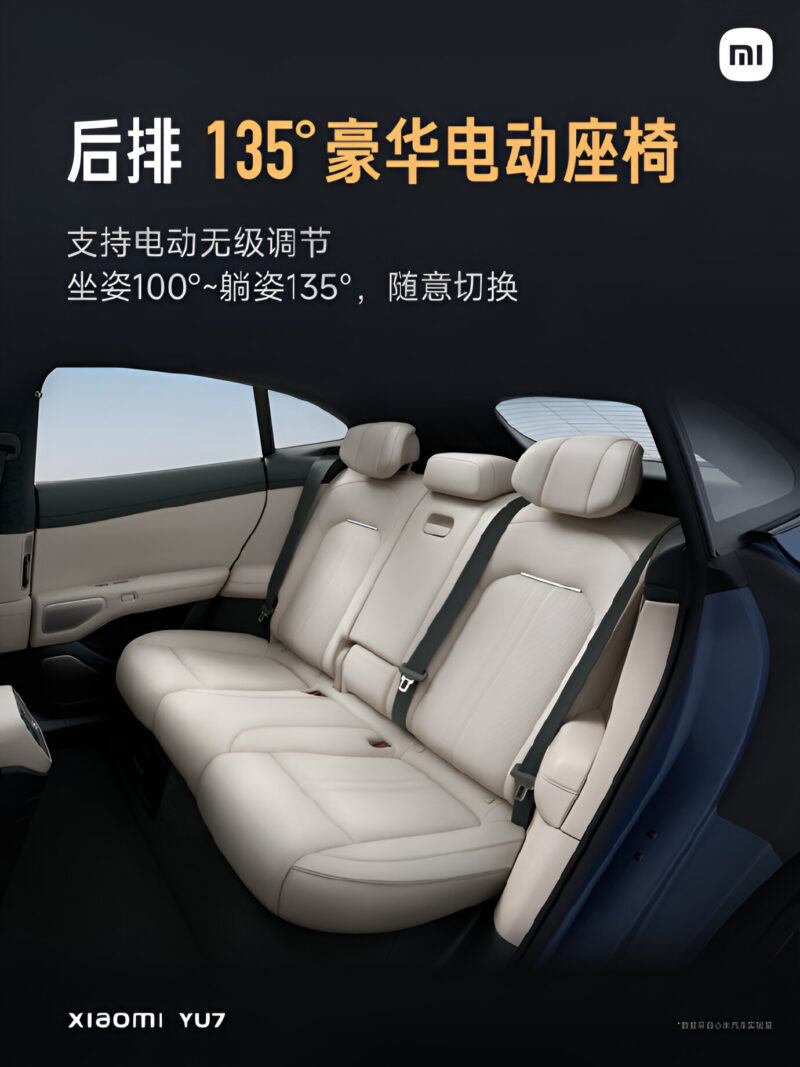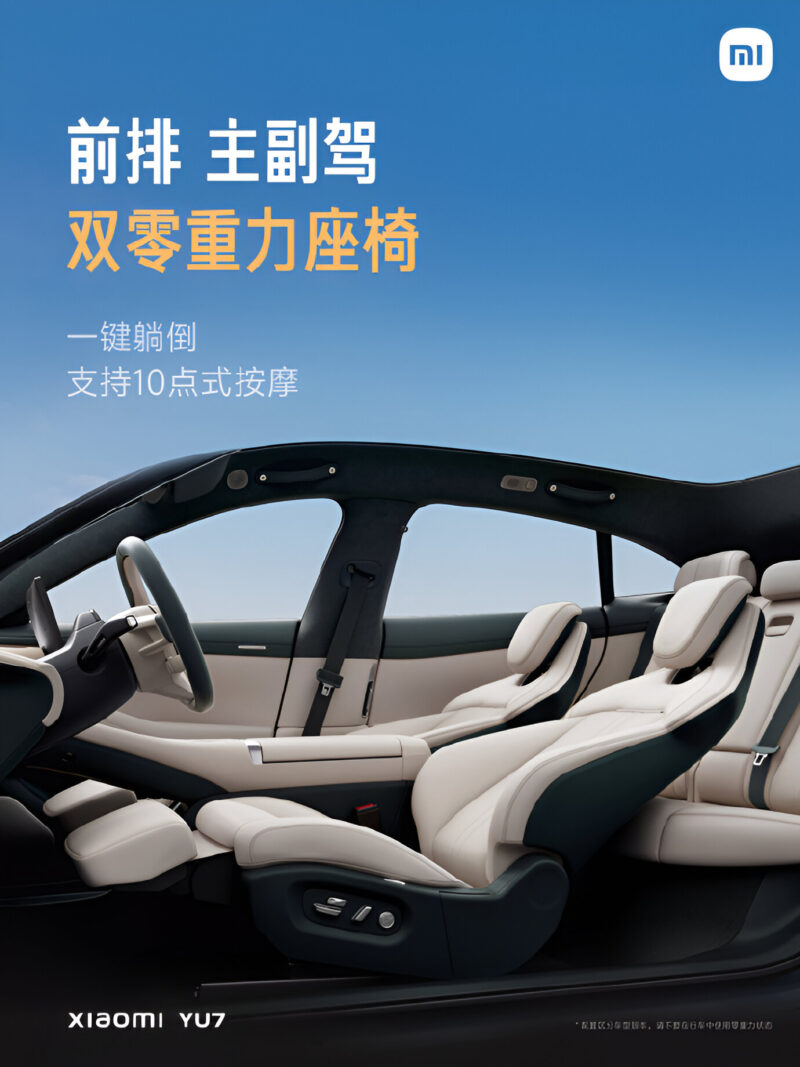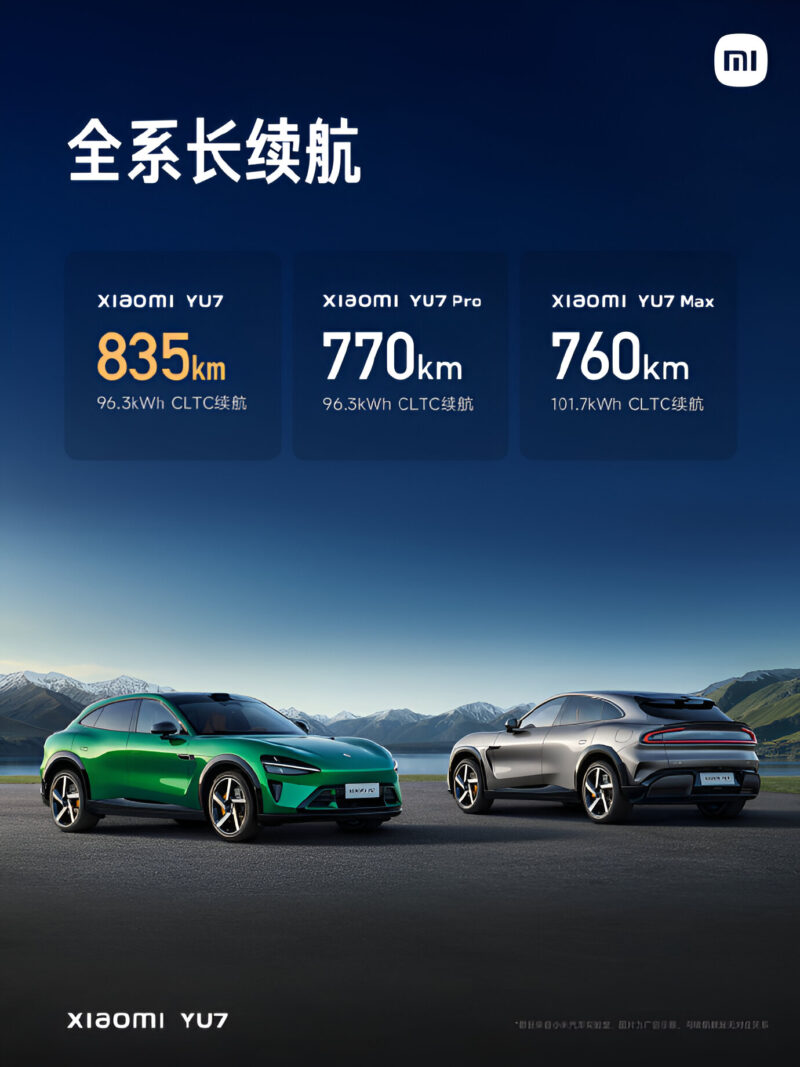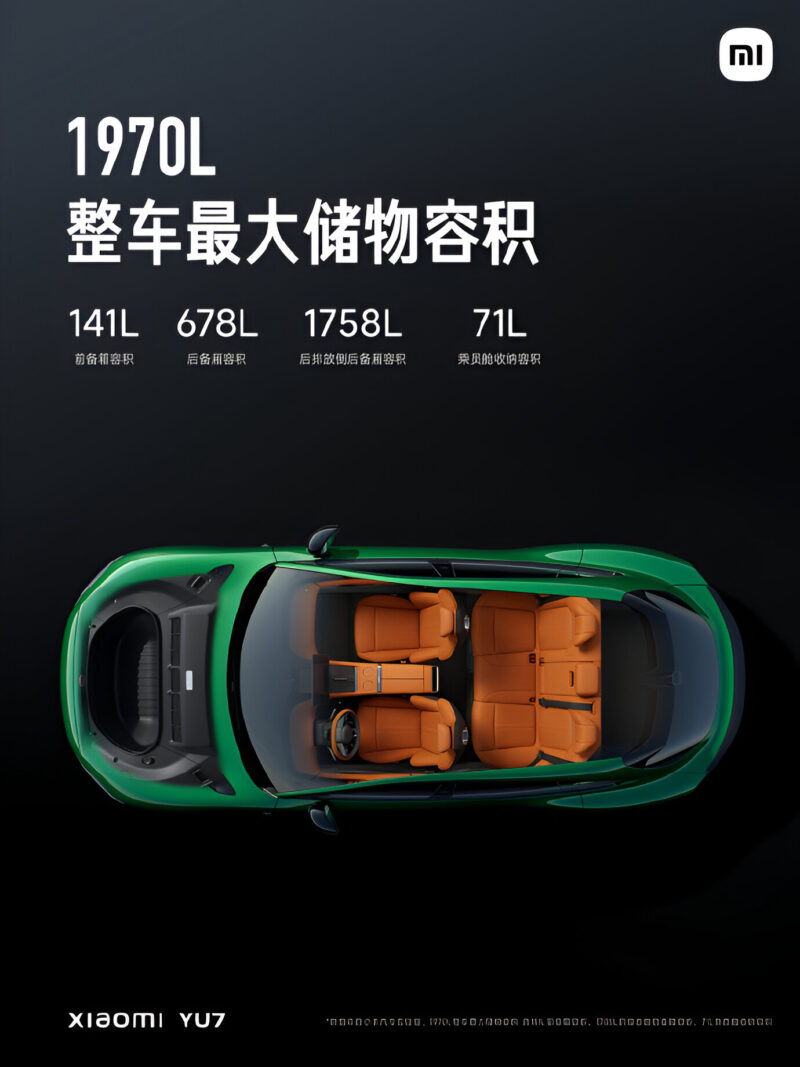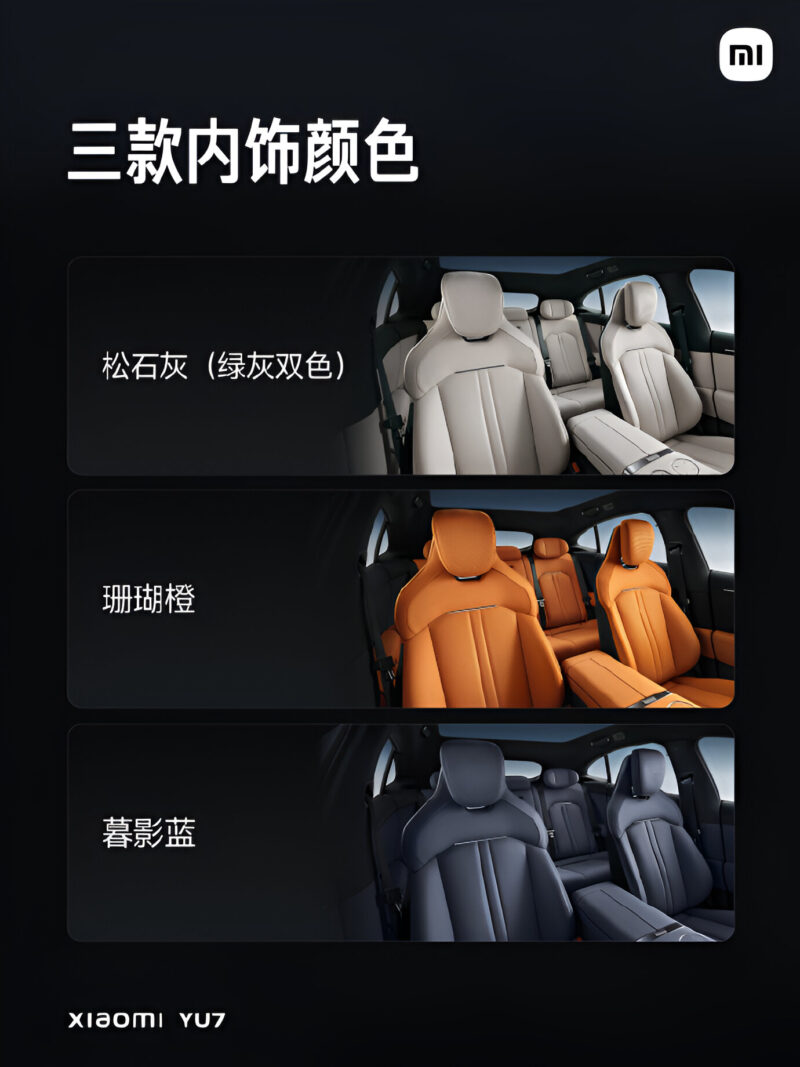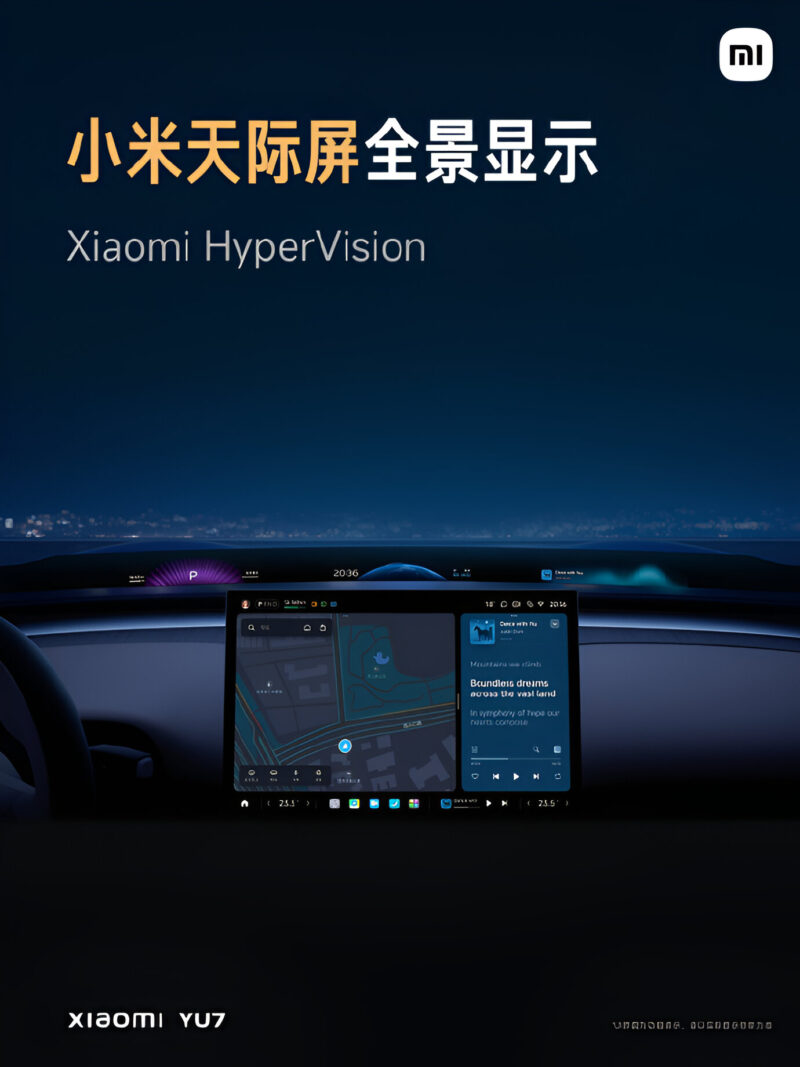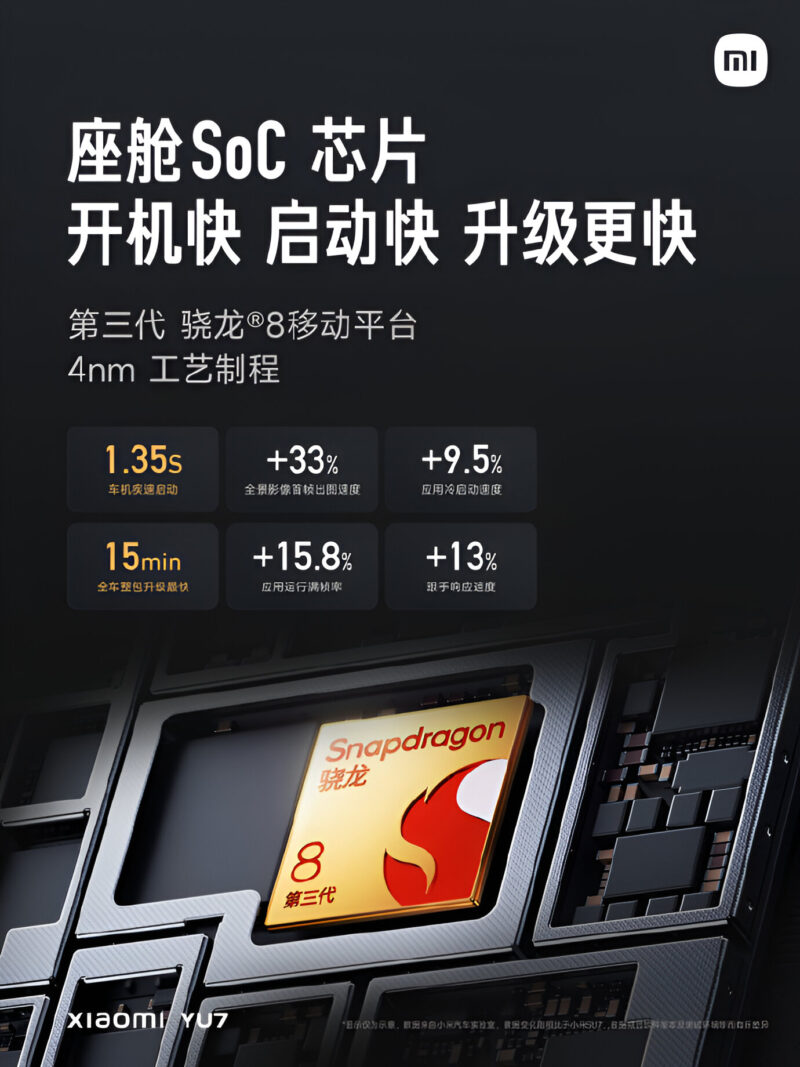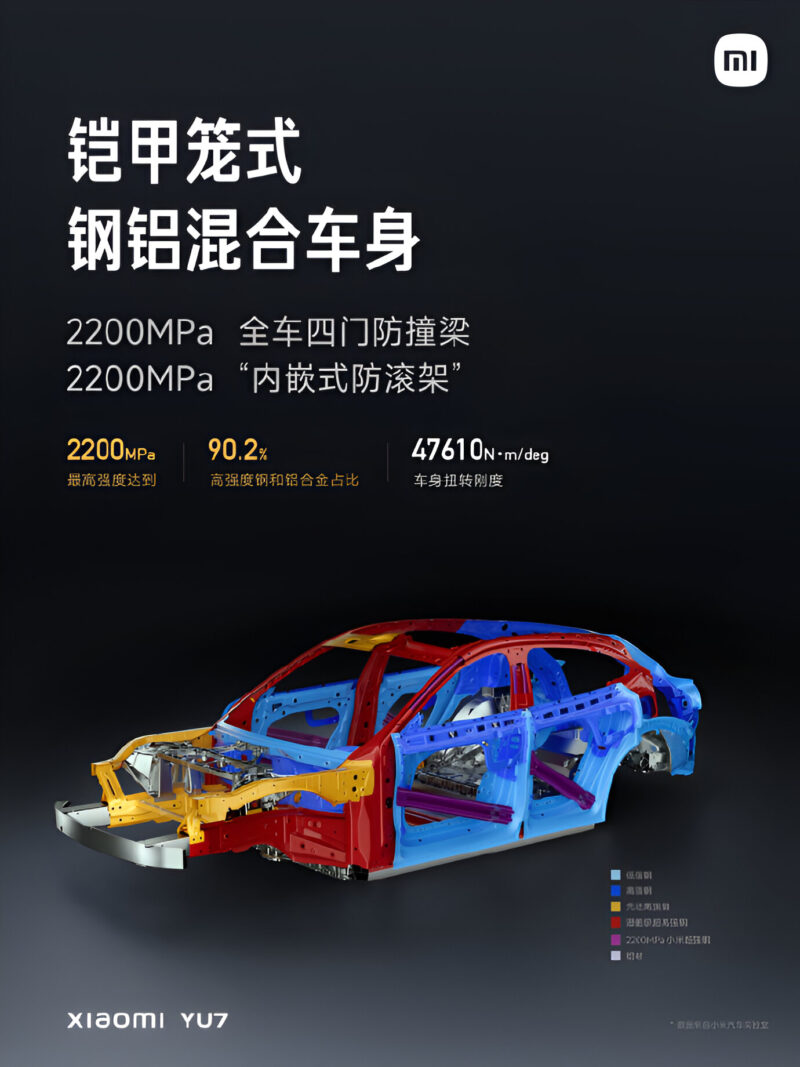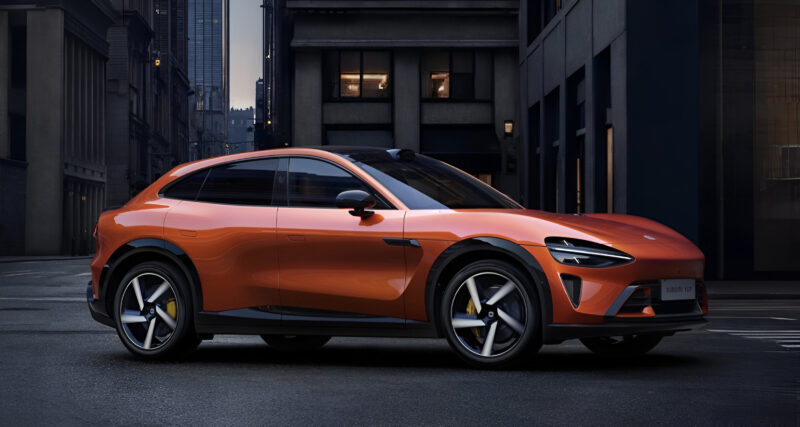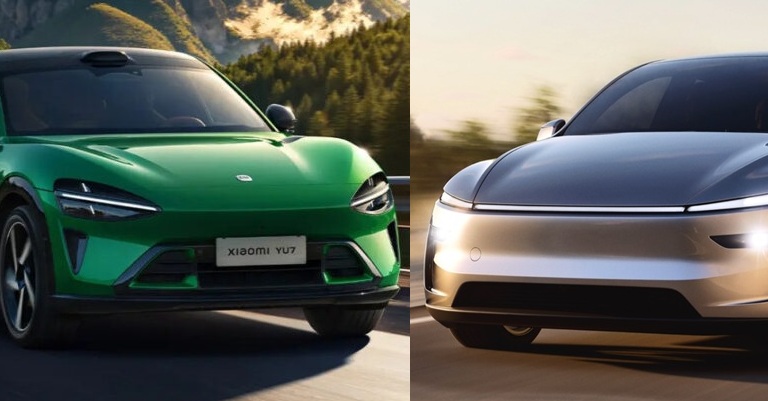Xiaomi YU7 SUV unveiled: delivers hypercar acceleration (3.23s) and 835 km range
On Xiaomi’s 15th anniversary, CEO Lei Jun introduced the company’s first electric SUV, the YU7, marking another step in its automotive transition following the SU7 sedan. Lei confirmed that Xiaomi has delivered over 258,000 units of the SU7. While the pricing of the YU7 will be announced at the official launch in July 2025, Lei ruled out a rumoured 199,000 yuan (27,600 USD) starting price for the YU7.
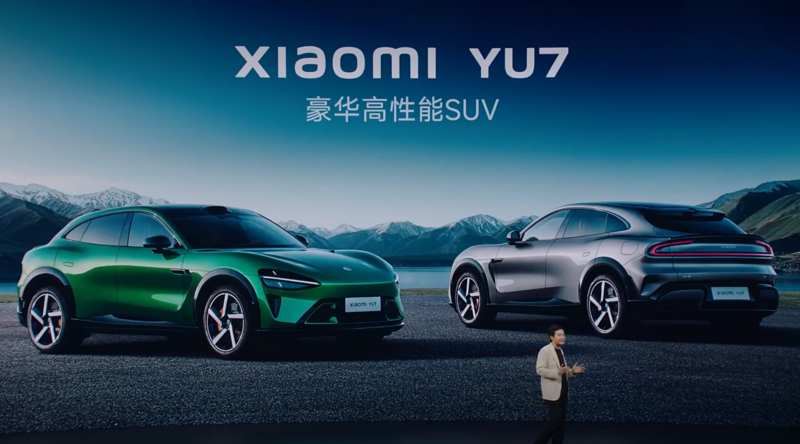
The YU7 is a mid-to-large electric SUV built on the company’s Modena platform, measuring 4999 mm in length, 1996 mm in width, and 1608 mm in height, with a 3000 mm wheelbase. It will be available in nine exterior colours, including a green shade inspired by Colombian emeralds and orange and metallic titanium finishes. Weight varies between 2,140 kg and 2,460 kg depending on configuration. Wheel choices include 19- and 20-inch sizes.
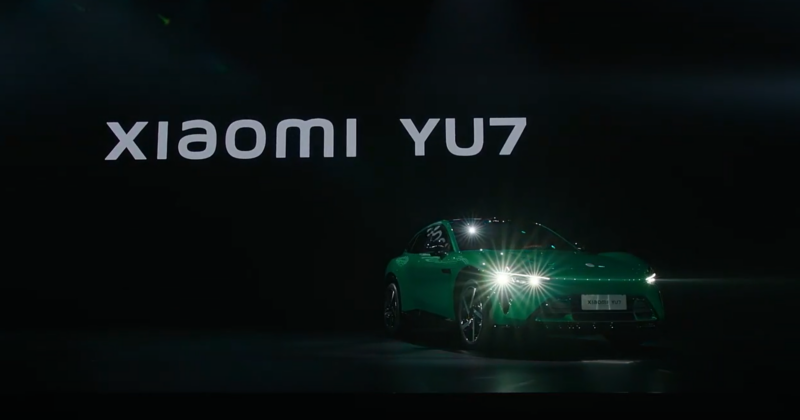
It adopts inward-folding electric door handles with ambient lighting and UWB (Ultra Wideband) support for smartphone-based keyless entry and trunk access. Inside, the cabin is fully leather-lined, featuring Nappa leather “zero gravity” seats in front, offering a 123° recline and 10-point massage functions. Rear passengers benefit from 135° electrically adjustable seats and a 6.68-inch touch control screen for climate, music, and navigation functions.
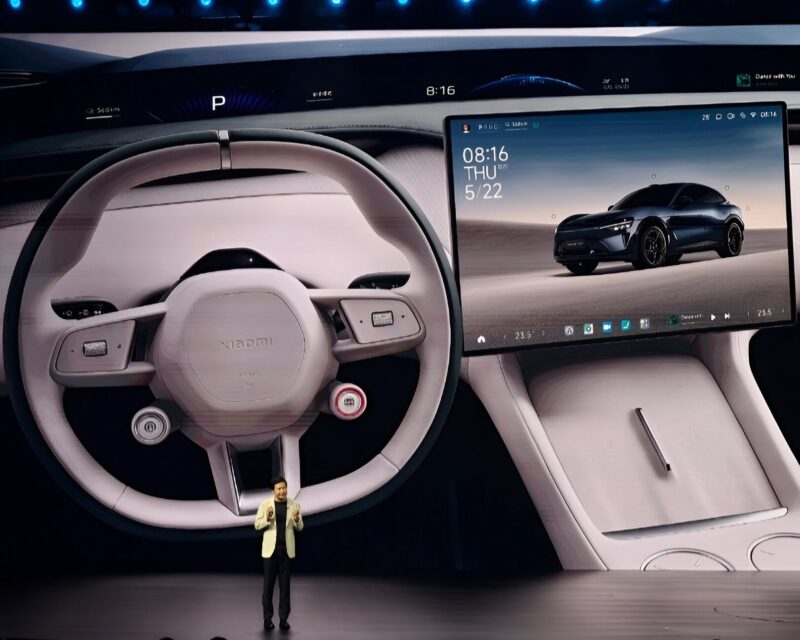
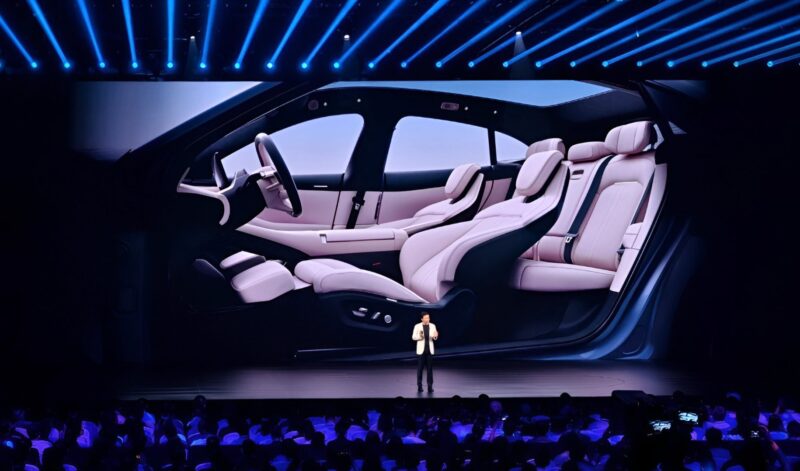
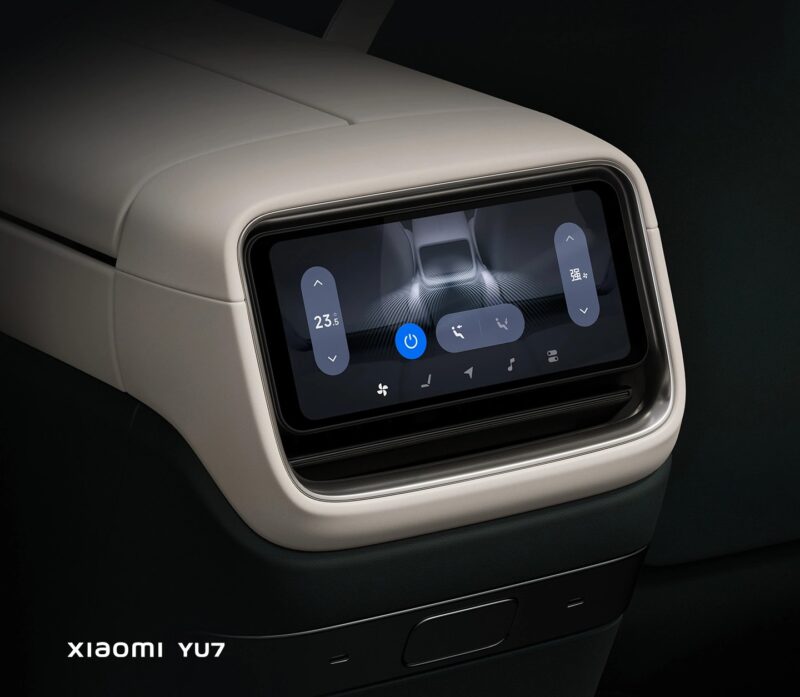
The dashboard features a 1.1-meter-wide “HyperVision” comprising three Mini LED screens with 108 PPD retina-level resolution. The system integrates driving data, media, blind-spot imaging, and customizable widgets. The car includes a 4-in-1 domain controller that merges cabin, assisted driving, vehicle control, and communications systems. It is supported by a Snapdragon 8 Gen 3 chip (4nm process) for fast boot-up in 1.35 seconds and over-the-air updates in as little as 15 minutes.
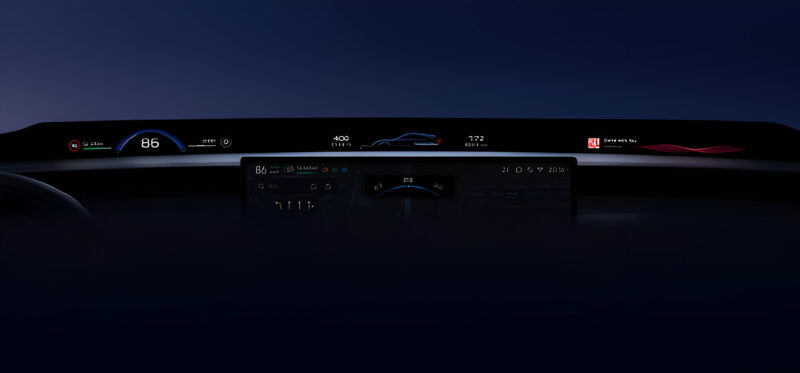
In terms of powertrains, the YU7 will be offered in three configurations:
- YU7 RWD: Single 235 kW rear motor, 528 Nm, 0–100 km/h in 5.88 seconds, top speed 240 km/h.
- YU7 Pro AWD: Dual motors with 365 kW combined output, 690 Nm, 0–100 km/h in 4.27 seconds, top speed 240 km/h.
- YU7 Max AWD: Dual motors with 508 kW and 866 Nm, 0–100 km/h in 3.23 seconds, top speed 253 km/h.
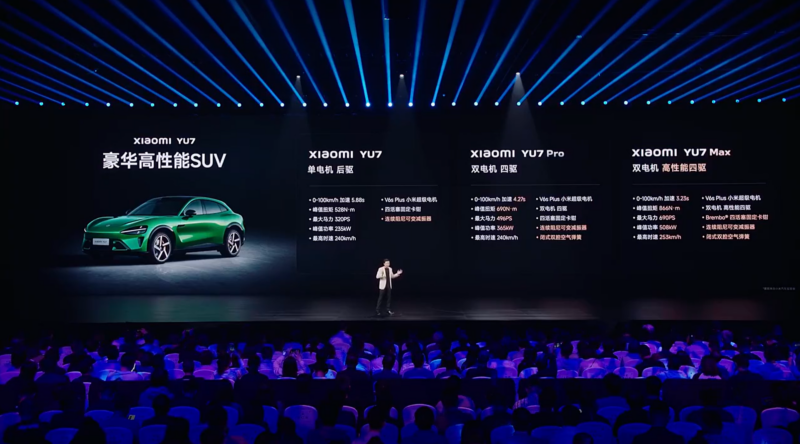
United Automotive Electronics (UAES) supplies the motors, with the Max version using a 220 kW front and 295 kW rear motor. All variants run on Xiaomi’s 800V silicon carbide high-voltage platform and use V6s Plus motors, enabling 5.2C charging speeds that can add up to 620 km of range in 15 minutes.
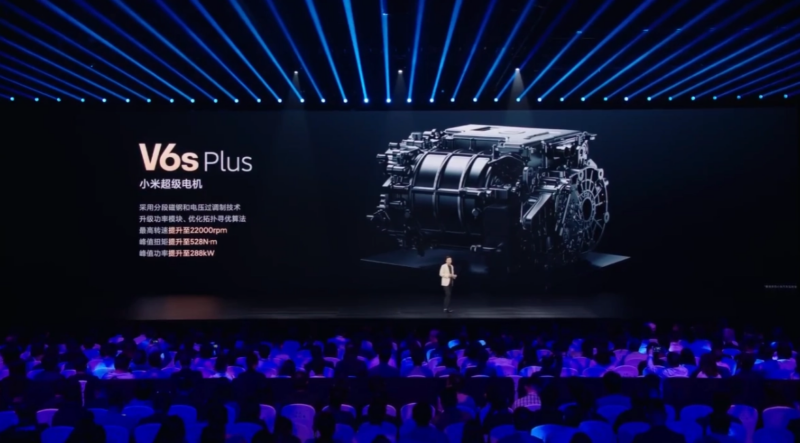
Battery configurations and CLTC range estimates are as follows:
- RWD: 96.3 kWh LFP battery, 835 km range
- Pro AWD: 96.3 kWh LFP battery, 770 km range
- Max AWD: 101.7 kWh NCM battery, 760 km range
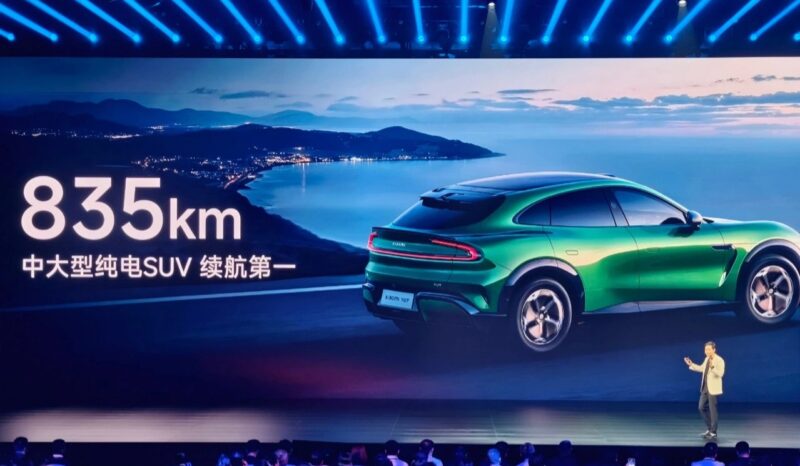
On the safety side, the vehicle structure includes a 2200 MPa ultra-high-strength steel integrated roll cage developed in collaboration with academic partners, a 20-in-1 aluminium die-cast front frame, and a steel-aluminium hybrid body referred to as an “armour cage.” The battery pack features a reinforced shell with a bullet-resistant coating. Xiaomi reports that over 50 passive safety tests have been conducted. The A—and B-pillars have also been structurally enhanced.

Standard on all YU7 variants are Lidar sensors and Nvidia Drive AGX Thor (700 TOPS), paired with 4D mmWave radar and ALD-coated anti-glare cameras. The car uses Xiaomi’s in-house developed end-to-end assisted driving system, marking a key part of its automotive development strategy.
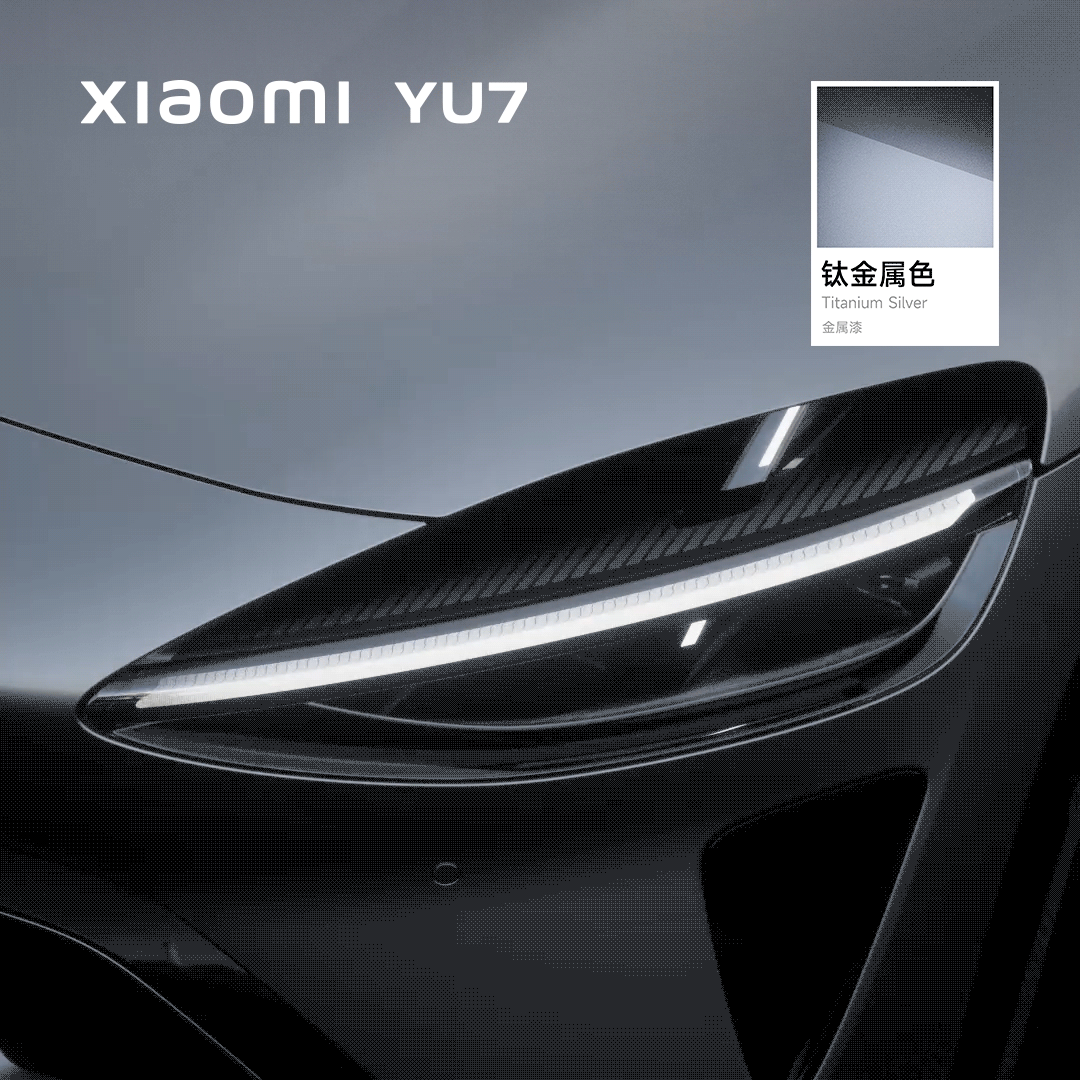
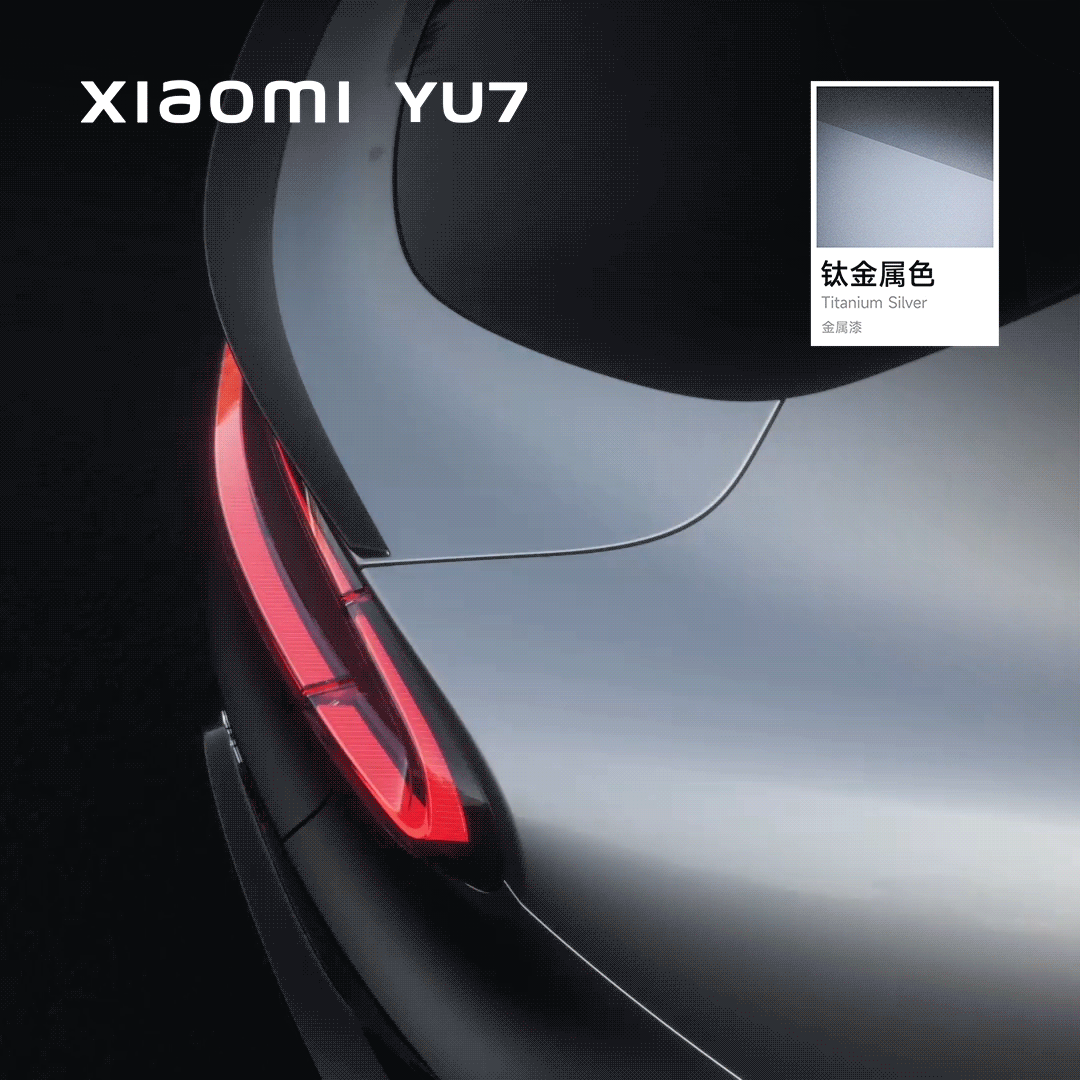
The YU7 was initially planned to debut at the Shanghai Auto Show in April but was delayed after a fatal incident involving one of Xiaomi’s autonomous test vehicles. Internal reviews of safety protocols and public communications followed the postponement.
